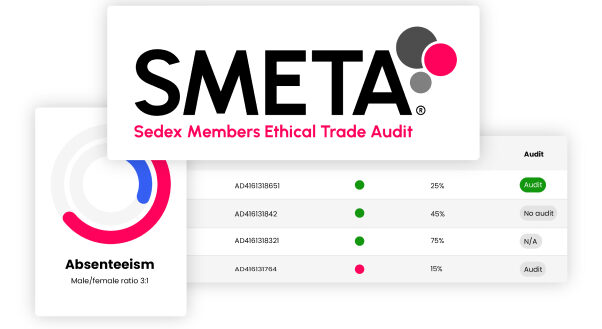Enhancing Supply Chain Sustainability
In the realm of supply chain sustainability, the SMETA (Sedex Members Ethical Trade Audit) methodology has long been recognised as a trusted assessment tool. It empowers businesses to engage in responsible sourcing, safeguard workers’ rights, and maintain ethical practices throughout their supply chains. Sedex is updating the SMETA audit methodology in 2024, aiming to provide a more focused assessment that helps identify harder-to-detect issues on site. This article delves into the key changes and benefits of the new SMETA methodology, shedding light on its potential to enhance supply chain sustainability.




